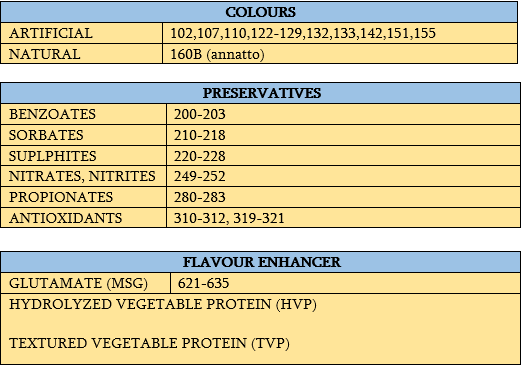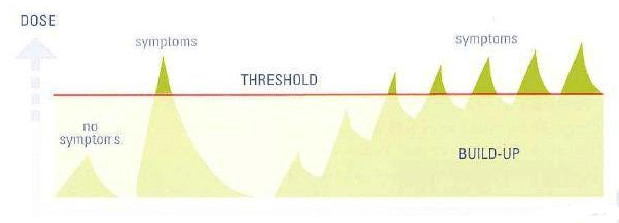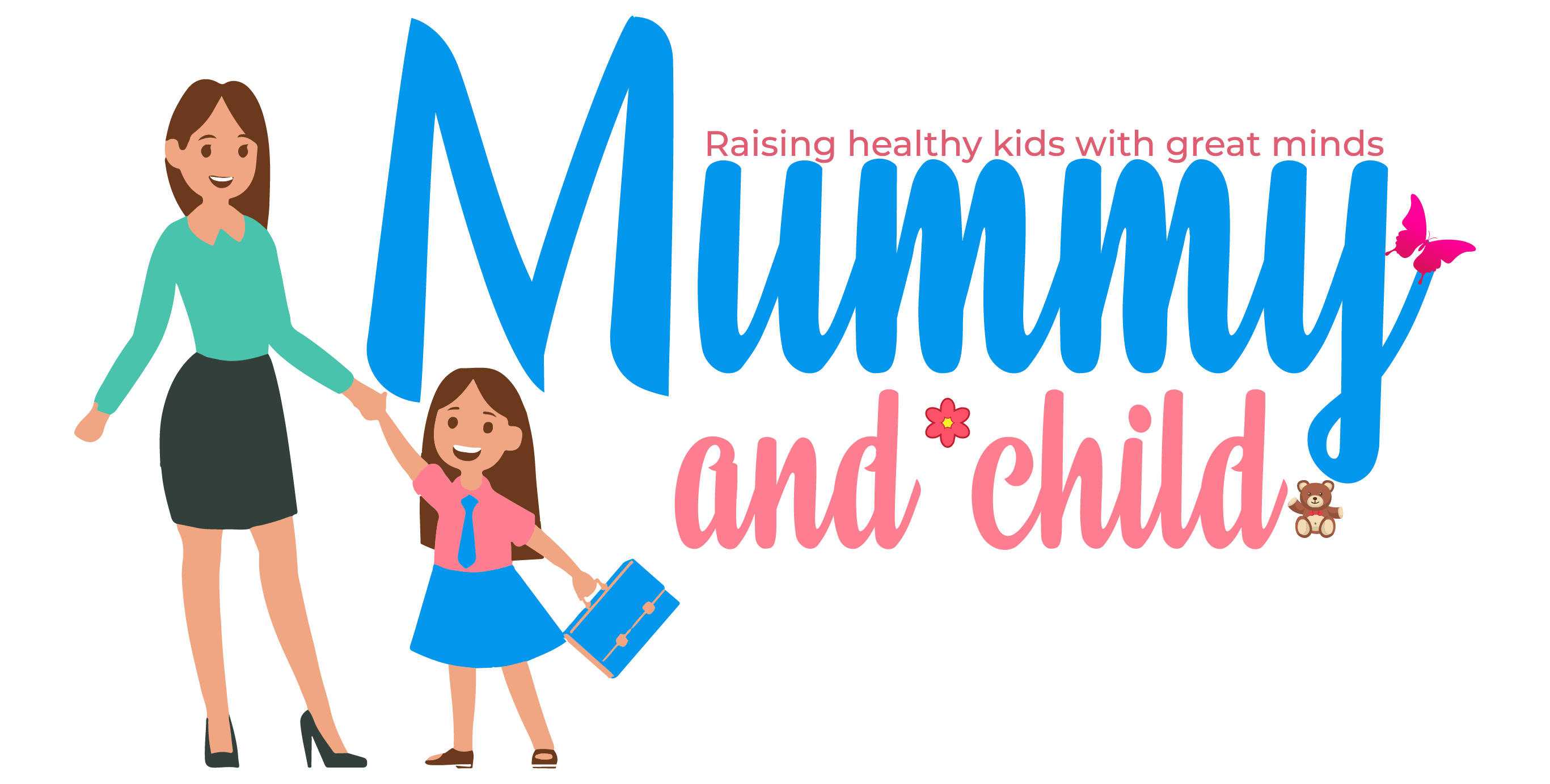Making Sense of food intolerance is complicated. Food intolerance does not involve the immune system. They are triggered by natural food chemicals, sugars and food additives. Reactions can be hives, headaches, stomach-aches, bloating, wind, mouth ulcers, feeling unwell and mood swings. For younger children it could trigger behavioural issues such as aggression and irritability. Babies can develop reflux, colic, eczema, constipation or diarrhea. Children can have a delayed reaction and symptoms can manifest within a few hours or days of eating a specific food.
Sensitive babies can even have reactions to the mother’s breast milk. This is due to chemicals from the mother’s diet getting into the breast milk. This is exactly what I experience with my two kids. I stopped breast feeding my children as I didn’t have an idea on why my kids were so colicky, irritable, restless sleepers and crying all the time. I wish I knew then what I know now. If the mother goes on an elimination diet, then the baby’s reactions will settle down rapidly.
List of Substances Children are Sensitive to
Naturally Occurring Food Chemicals
Salicylates: Salicylates are part of the phenol group and a chemical found naturally in most Fruits. Vegetables, nuts, herbs and spices. It is also present in medication, toiletries and cleaning products. Amines: Amines come from protein breakdown. Levels increase in age mature food such as ripened fruit and aged meat. High levels are also present in processed foods such as sauces, flavoured spreads and fermented products. Glutamate: Glutamate is an amino acid building block of all proteins and is found naturally in most foods. Glutamate enhances flavour in food. Foods rich in natural glutamates are cheese, mushrooms, soy sauce, meat extracts, yeast extract and seasoning. Monosodium glutamate (MSG) is used as an additive in sauces, savoury snacks and Asian cooking.
Naturally Occurring Sugars
Lactose: This is natural sugar resent in all mammal’s milk. This includes breast milk, cow’s milk, goat’s milk etc. It is compound sugar made up of glucose and galactose. I order to digest this sugar you should have the lactase enzyme. Some children do not produce enough of this enzyme. Fructose: This is a simple sugar present in fruits and some vegetables such as corn. Some children have fructose malabsorption. This causes symptoms such as bloating, reflux, abdominal pain, wind and diarrhoea. However, they need not avoid all fruit. Rather they should reduce intake of the fruit that triggers their symptoms and replace it with fruit that they tolerate better. Sorbitol: Sorbitol is also a carbohydrate found in excessive amounts in fruit especially apricots, nectarines, plums, blackberries, apples and pears. Just like fructose some children could have a sorbitol malabsorption. It can cause similar symptoms to fructose malabsorption. These foods also need not be completely avoided but may need to be reduced by children who suffer from sorbitol malabsorption. Fructan and Galactans: These are carbohydrates. Some children have difficulty in absorbing it. These molecules are found in foods such as onion, garlic, leek, large amounts of wheat and legumes for example lentils and chickpeas. Like the other poorly absorbed carbohydrates, these foods do not need to be completely removed from the diet.
Food Additives and Flavour Enhances
Some food intolerance symptoms are associated with food additives such as colours, preservatives, antioxidants and flavour enhancers. Following is a list of code numbers of additives likely to cause a reaction. 
Food Intolerance Reactions are Dose Dependent
Food intolerance reactions are dose-dependent. You need to identify your child’s threshold. Every child is different, and it is very individual. A small amount of a chemical rich food may not cause any reaction but a larger amount that exceeds the threshold will give a reaction. Eating small amounts of the reactive food over a few days can also cause a build-up and symptoms could develop several days after. 
Source: Royal Prince Alfred Hospital
Start on an elimination diet suggested by RPAH. Then introduce food items one at a time in small quantities. Increase the quantity slowly and if a reaction does occur go back to the previous quantity. For example, if your child shows no reaction to one strawberry but reacts when you increase it to two go back to one. After a few months, you can try to reintroduce a larger quantity to see if it can be tolerated. If you are struggling with food intolerances, allergies, SIBO or other digestive problems, there are products that can help with symptom relief. I know it can be frustrating but there are treatment protocols and supplements which can really help. I have designed this product guide to equip you with the best and most effective supplements you can buy for treatment as well as symptom relief. This list has been compiled through my own experience as well as working together with trusted and experienced practitioners.
You can check out my recommended supplement guide here.
Struggling to find ideas for your meals? Try the Real Plans app for free
Click to Try Real Plans to Save Money & Time


1 Comment
Yes, it seems right that understanding food intolerance is complicated. But all we need to do is make sure the food we consume is always healthy. So that our immunity increases and we are resistant to disease. Here are articles related to the immune system. Read it!
https://www.healthints.com/2018/07/foods-to-maintain-and-boost-immune-system.html